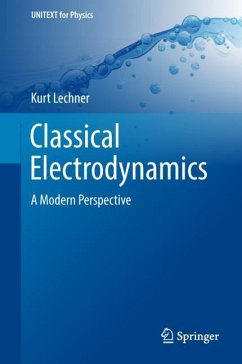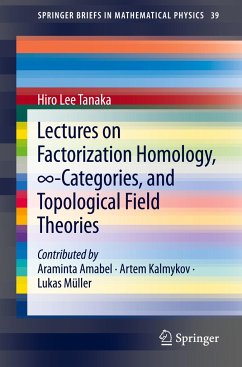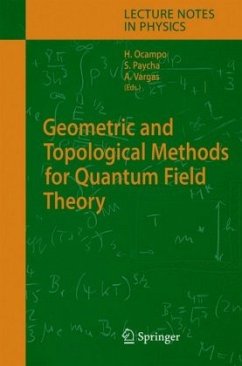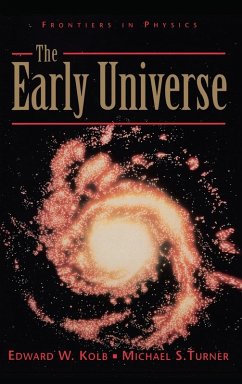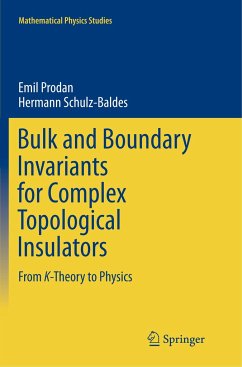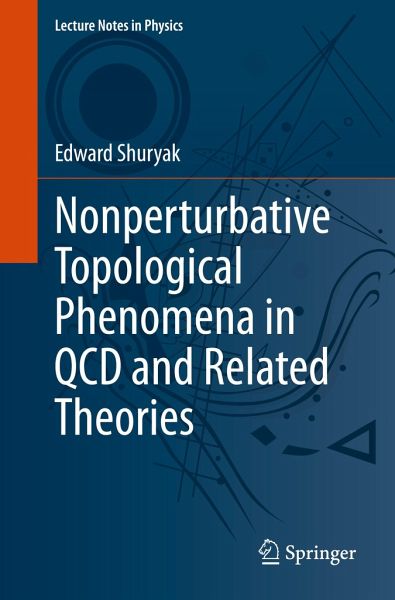
Nonperturbative Topological Phenomena in QCD and Related Theories

PAYBACK Punkte
34 °P sammeln!
This book introduces a variety of aspects in nonperturbative Quantum Chromodynamics (QCD), focusing on the topological objects present in gauge theories. These objects, like magnetic monopoles, instantons, instanto-dysons, sphalerons, QCD flux tubes, etc, are first introduced individually and, later, treated collectively. As ensembles, they produce various phenomena that can be modeled numerically in lattice gauge theories and such collective effects, produced on the lattice, are extensively discussed in some chapters. In turn, the notion of duality, which is crucial in modern field/string the...
This book introduces a variety of aspects in nonperturbative Quantum Chromodynamics (QCD), focusing on the topological objects present in gauge theories. These objects, like magnetic monopoles, instantons, instanto-dysons, sphalerons, QCD flux tubes, etc, are first introduced individually and, later, treated collectively. As ensembles, they produce various phenomena that can be modeled numerically in lattice gauge theories and such collective effects, produced on the lattice, are extensively discussed in some chapters. In turn, the notion of duality, which is crucial in modern field/string theories, is elucidated by taking into consideration the electric-magnetic duality, the Poisson duality, and the AdS/CFT duality.
This monograph is based on various lectures given by Edward Shuryak at Stony Brook during the last three decades and it is meant for advanced graduate students and young researchers in theoretical and mathematical physics who are willing to consolidatetheirknowledge in the topological phenomena encountered in fundamental QCD research.
This monograph is based on various lectures given by Edward Shuryak at Stony Brook during the last three decades and it is meant for advanced graduate students and young researchers in theoretical and mathematical physics who are willing to consolidatetheirknowledge in the topological phenomena encountered in fundamental QCD research.







